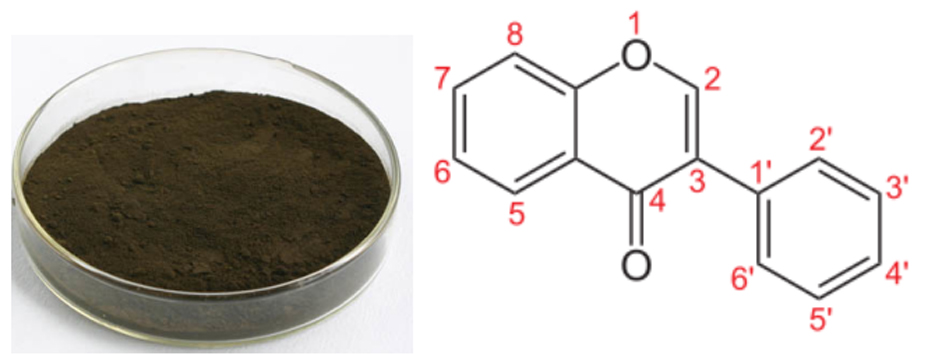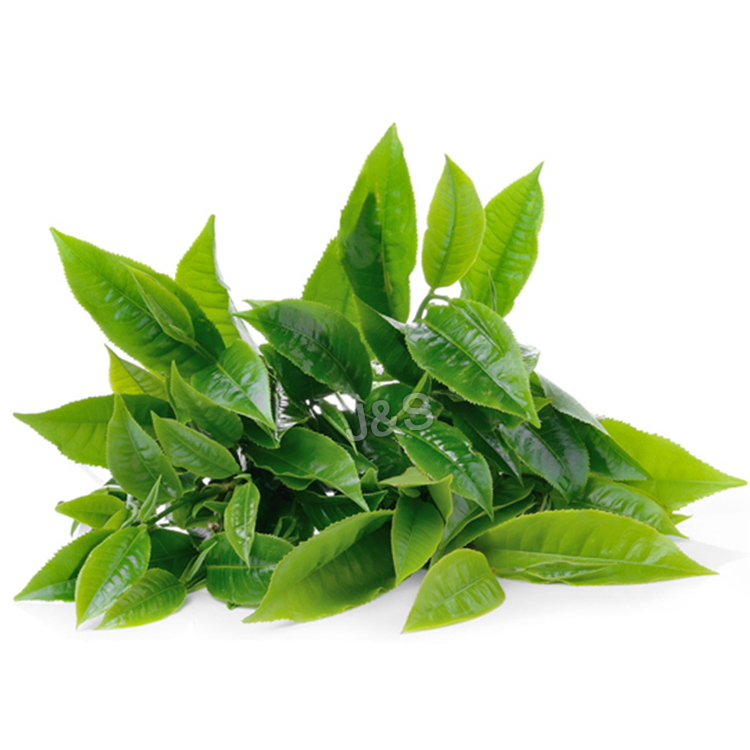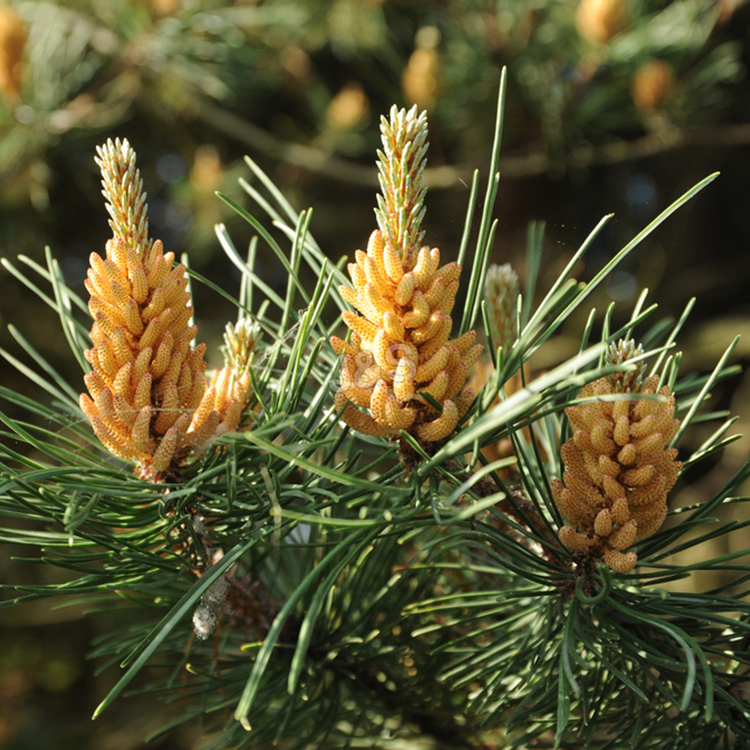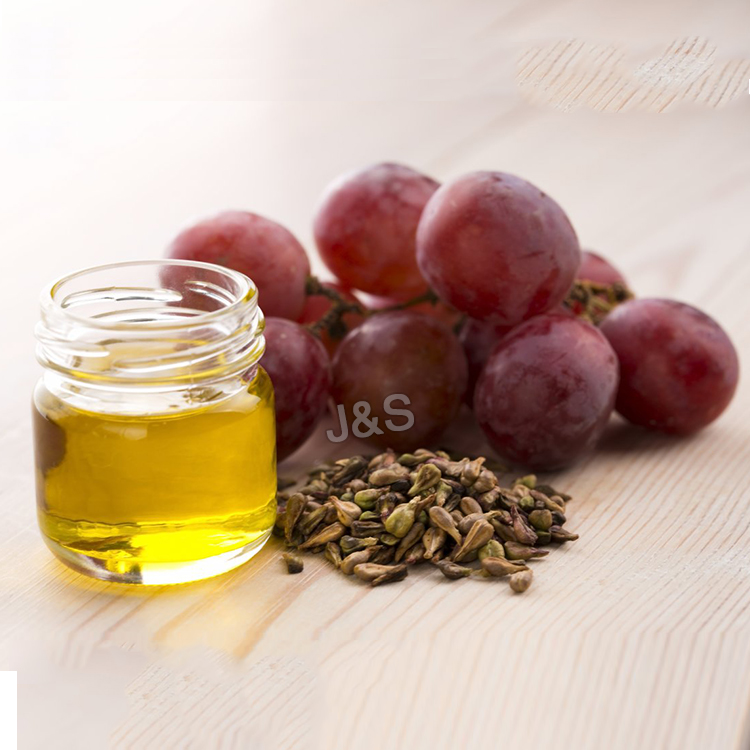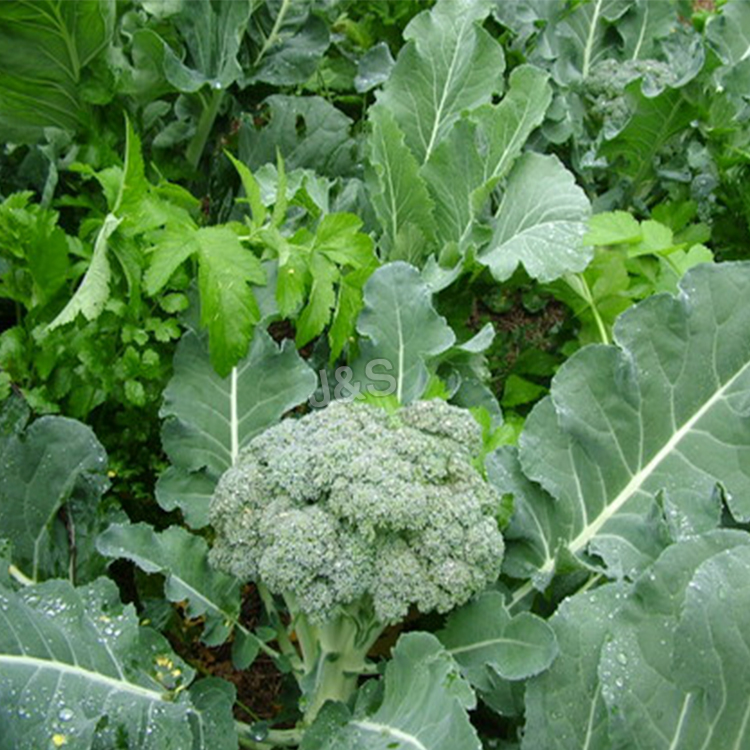Reliable Supplier Red clover extract Supply to Bangalore
Reliable Supplier Red clover extract Supply to Bangalore Detail:
[Latin Name] Trifolium pratensis L.
[Specification] Total isoflavones 20%; 40%; 60% HPLC
[Appearance] Brown to tan fine powder
Plant Part Used: Whole herb
[Particle size] 80Mesh
[Loss on drying] ≤5.0%
[Heavy Metal] ≤10PPM
[Storage] Store in cool & dry area, keep away from the direct light and heat.
[Shelf life] 24 Months
[Package] Packed in paper-drums and two plastic-bags inside.
[Net weight] 25kgs/drum
[What is Red Clober]
Red clover is a member of the legume family – the same class of plants where we find chickpeas and soybeans. Red clover extracts are used as dietary supplements for their high content of isoflavone compounds – which possess weak estrogenic activity and have been associated with a variety of health benefits during menopause (reduction of hot flashes, promotion of heart health and maintenance of bone density).
[Function]
1. Red Clover Extract can Improving health, anti-spasm, known for healing properties.
2. Red Clover Extract can Treating the skin diseases (such as eczema, burns, ulcers, psoriasis),
3. Red Clover Extract can Treating respiratory discomfort (such as asthma, bronchitis, intermittent cough)
4. Red Clover Extract can Owning anti-cancer activity and prevention of prostate disease.
5. Red Clover Extract can Most valuable of its estrogen-like effect and alleviate breast pain suffering.
6. Red Clover Extract can Contained red clover isoflavones plays in a weak estrogen, estrogen reduces the number and thusalleviate the suffering.
7. Red Clover Extract can Maintaining bone mineral density in postmenopausal women
8. Red Clover Extract can Raising high density lipoprotein cholesterol.
Product detail pictures:

Related Product Guide:
carry on to boost, to guarantee products excellent in line with market and consumer standard specifications. Our enterprise has a quality assurance system are actually established for Reliable Supplier Red clover extract Supply to Bangalore , The product will supply to all over the world, such as: United Kingdom, South Africa, UK, They're durable modeling and promoting well all over the world. Under no circumstances disappearing key functions in a brief time, it's a should for you personally of fantastic quality. Guided by the principle of Prudence, Efficiency, Union and Innovation. the business make an awesome efforts to expand its international trade, raise its enterprise. rofit and improve its export scale. We are confident that we'll have a vibrant prospect and to be distributed all over the world in the years to come.
Instructions: Lie down, Turn-off the lights, Relax, and Clear your Mind.
Breathe deeply and let the beats put you into a meditative state.
The video contains binaural beats technology requiring both left and right stereo channels. There are no or minimal natural background sounds for maximum effectiveness.
Please use good headphones or earphones to improve the effects.
These are experimental samples used within our group of tester’s for over a year. It is as perfect as we can get it now so it was decided to release to the public. We found it is a code for unlocking the spirit. And the spirit can do anything! Use the two basic beats stated below as a daily regiment for a minimum of 30 minutes to see the good benefits. Seriously, no pain no gain!.
To get the full version of the Ascension Beat and Solfeggio Harmonics, just sign-up to our forum below, as you can find us there! Please support our efforts!
Please sign-up and join us on the paranormal forums, and post your feedback/experiences there:
https://awakened.yuku.com/
Members will get chosen for free energy scans and clearing services. So sign-up today and be an Awakened member!
Other Full length binaural beat brainwave entrainment tracks are available in iTunes:
https://itunes.apple.com/us/artist/ascension-archangel/id455133276
Consult with your physician first if you are using these beats while on any sort of medication or have any kind of medical condition.
These Beats by King-Louie AKA Ascension-ArchAngel
Sharing is Caring…More to Come!
Special thanks goes out to Demetrious (Zouharis) for the sacred geometry designs used in the video. Thanks so much my friend!
Recomendación de la Semana con don David Barboza Padre, conductor del programa La Opción Natural. Véanos todos los miércoles a las 3 pm por canal ExtraTV42.
We are a small company that has just started, but we get the company leader's attention and gave us a lot of help. Hope we can make progress together!
